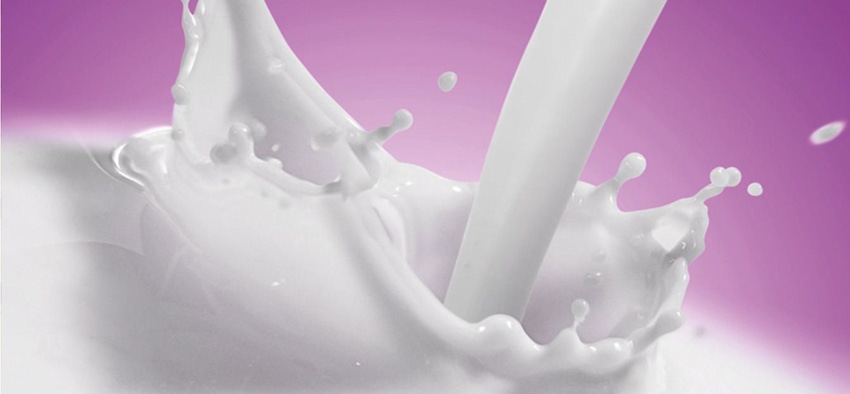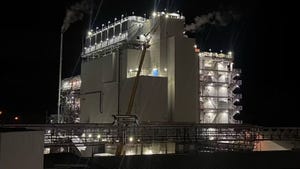New advantages emerging for Perstorp’s Pevalen plasticizer for close-to-consumer applications
May 9, 2016

Pevalen, a non-phthalate general-purpose plasticizer developed by Perstorp for close-to-consumer applications exhibiting excellent processability and performance properties, has already gained a considerable following among flexible PVC producers and users. The plasticizer is a popular choice for sensitive applications ranging from tablecloths and protective clothing to flooring, toys or molded parts, such as grip. Now, new research indicates that there may also be another very good reason to choose Pevalen - namely, its flame retardant properties.
They also found that the limiting oxygen index (LOI) of formulations containing Pevalen and different types of flame retardants, most notably antimony oxide, were also better than formulations containing DINP, possibly due to synergies between the plasticizer and the flame retardant. Pevalen does not appear to be inherently more flame retardant than DINP, but because formulations do not need as much of the Perstorp product, there is a marked difference in the fire properties of the PVC/plasticizer combination.
Particularly impressive are the gelation characteristics. Because it gels faster at any given temperature compared to other plasticizers, Pevalen enables production speeds to be increased and/or energy consumption to be reduced. Processors also benefit from its low viscosity and low volatility. Together, these characteristics provide plastisol producers with increased flexibility in production, better process economics, and improved environmental profiles.
“The results on fire properties are only preliminary, and we need to deepen our investigations before we make any categorical claims,” says Dr. David Bray, Product Manager Plasticizers, at Perstorp. “But we are optimistic that further research will confirm what we have already seen. The findings are especially important, given that many of the applications for PVC plastisols using Pevalen, such as wall coverings, flooring, cables and coated fabrics, require good flame resistance.”
The graph below shows the amount of smoke given off from different flexible PVC formulations in the Cone Calorimeter. Formulations containing 50 phr of Pevalen give off much less smoke than formulations containing the same amount of a competing plasticizer, DINP. The difference is even more significant when formulations of the same softness are compared (less Pevalen is needed than DINP to produce the same softness). (Graphic: Perstorp)

About the Author(s)
You May Also Like


